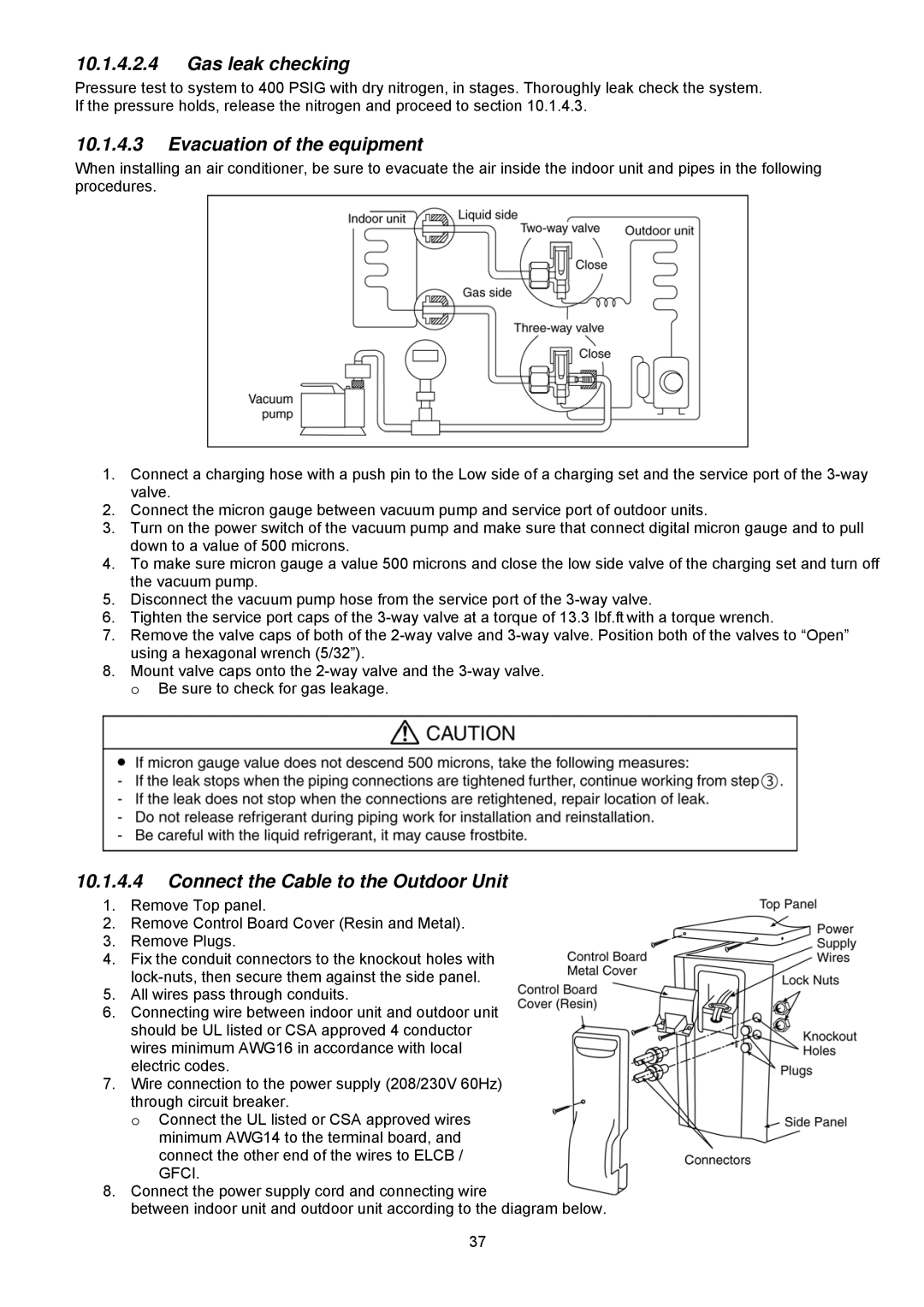CS-S9NKUW-1, CS-S22NKU-1, CU-S18NKU-1, CS-S18NKU-1, CS-S12NKUW-1 specifications
Panasonic has long been a leader in the HVAC industry, and its latest range of air conditioning units—including the CU-S9NKU-1, CU-S12NKU-1, CU-S22NKU-1, CS-S12NKUW-1, and CS-S18NKU-1—showcases innovative features and robust technologies designed to enhance home comfort while reducing energy consumption.The CU-S9NKU-1 model is notable for its compact design, making it ideal for smaller spaces without sacrificing performance. It boasts advanced inverter technology, enabling precise temperature control and energy efficiency. The built-in air purification system ensures that indoor air quality remains high, filtering out allergens and pollutants.
Similarly, the CU-S12NKU-1 variant provides a balance of power and efficiency for medium-sized rooms. This model incorporates a quiet operation feature, making it a perfect choice for bedrooms and living areas where noise levels need to be minimized. The adjustable airflow louvers ensure that air is distributed evenly throughout the space.
For larger spaces, the CU-S22NKU-1 stands out with its high cooling and heating capacity. This model is equipped with a dual inverter compressor that enhances both efficiency and performance, providing rapid cooling or heating when needed. The user-friendly remote control and smart connectivity options allow homeowners to adjust settings conveniently, even when they’re away from home.
The CS-S12NKUW-1 model features a sleek design and additional functionalities like the Eco Mode and Sleep Mode. Eco Mode adjusts the power consumption based on the user’s preferences, while Sleep Mode operates at low noise levels, promoting a restful environment during nighttime hours.
Lastly, the CS-S18NKU-1 combines innovative technology with aesthetic appeal. Its modern design is meant to complement contemporary interiors, and its high seasonal energy efficiency ratio (SEER) indicates strong performance in cooling seasons. Additionally, this model includes several energy-saving modes that adapt to changing thermal loads, ensuring that energy wastage is minimized.
Overall, Panasonic’s CU and CS series air conditioning units offer an impressive blend of technology and design, making them suitable for various needs and spaces while focusing on energy efficiency and user comfort. Whether for residential or light commercial use, these models provide reliable, effective solutions for climate control.

